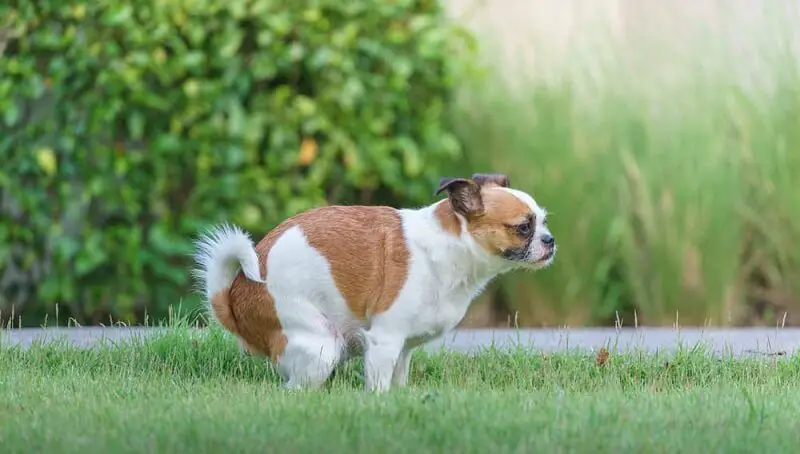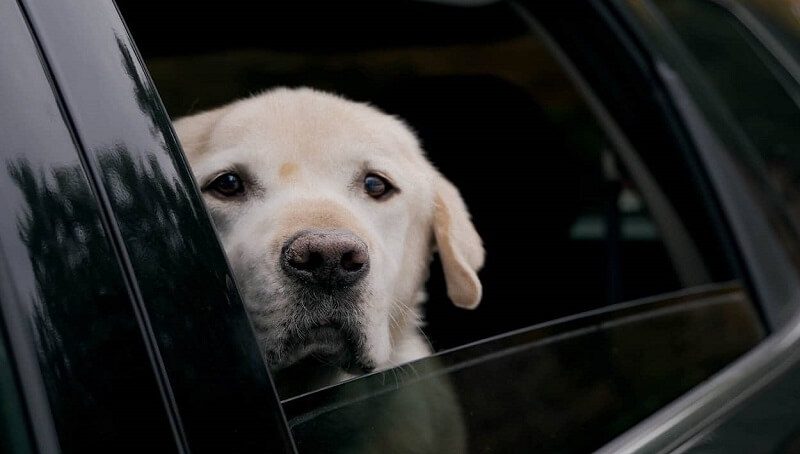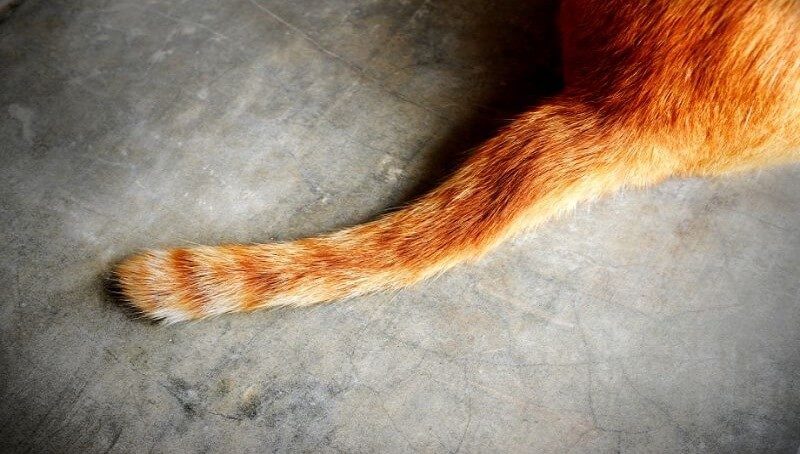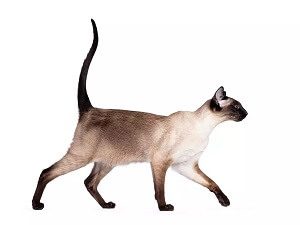
Dog’s Poop Turns Yellow After Eating Chicken & Rice
August 31, 2022
Reasons Why a Dog Would Cry And Whine in The Car
September 1, 2022
Have you ever heard those people saying that cats aren’t expressive and that you can never know what they are thinking? Well, they really don’t know what they are talking about. Everything from a cat’s posture, her eyes, ears, and even her tail, can give you exact information about what she is feeling and what her needs are. All you have to do is just look for the signs and understand them.
Keep in mind that cats are very different from humans, which is why, at least until you learn to read the signals you’re given, you’ll have a hard time understanding what your pet is trying to tell you. If you want to treat your cat as well as possible and attend to all her needs, then you will have to spend some time and understand her way of communicating with you. As soon as you get a grasp of her body language, you will have no issues reading her needs and emotions and understanding what is causing her distress and what she considers a happy situation, and most importantly, whether she is suffering from a medical condition.
At first, it might look like she has the same tail motions regardless of her general state but once you start to understand the elaborate language behind the tail movements and see how important those signs are for your communication, you won’t believe how many emotions are actually expressed in this way by your furry companion.
Cat tail language: The basics
The good news is that animal behaviorists are actually spending tremendous amounts of time researching all of the small details about a cat’s way of communicating through movements of her tail, as a way of helping owners.
One interesting fact is that cats can move their tail either slowly or quickly, each indicating something else. For example, a lashing or flicking tail would show that the pet is agitated, while slow waves of the tail will usually be a sign of the cat being focused on something, like a toy, or a bird outside the window. YOu can also get a lot from the way a cat keeps her tail. For example, if it is straight up and has a slight curve at its end, then the cat is showing calmness. According to experts, this is the posture the cat will show when trying to befriend or greet a human they are fond of.
Cats also have a habit of intertwining their tails with other felines they feel close to, while with humans they bonded with, they will curve their tails around them. Experts call this affiliative behavior.
When feeling frightened, on the other hand, a cat will most likely tuck her talk next to or under her body. At the same time, you might notice that her head is also tucked in and she has a crouching position. This behavior is also noticed when some cats are in pain.
You might also like my articles on why cats knead, what foods you shouldn’t give to a cat, and how to trim a cat’s nails.
Don’t worry if all this can seem complicated at first. Like any other language, tail language will also take time. Most newbie cat owners will have difficulty understanding all of the tail signs at first, due to all the different tail positions and movements, each indicating something else.
What happens when you pet a cat around its tail?
 One thing you’ll surely learn while you try to understand your cat is that she really hates being petted on her tail or around the base of her tail. Instead, if you are looking for her appreciation, try petting her around her ears and chin. You can even try to scratch her in those areas, but lightly.
One thing you’ll surely learn while you try to understand your cat is that she really hates being petted on her tail or around the base of her tail. Instead, if you are looking for her appreciation, try petting her around her ears and chin. You can even try to scratch her in those areas, but lightly.
There might even come a time during one of the petting sessions when your cat’s attitude will change, she’ll try to lean away from you, her ears will be turning back, and the tail will start to lash and twitch. These are all signs that your pet has had enough of the petting and you should really stop. Cats are very expressive in general and will give you plenty of signs when their feelings change towards you or the things you’re doing.
Responding to certain cat tail signals
- When your cat’s tail has an upright and held high position, it means that the cat is happy and confident. Just give her some love, treats, cuddles, and playtime if you have the necessary time, and you should be fine.
- If the pet’s tail takes the form of a question mark and gets curled at the top it means that she is friendly and looking for socialization. Try to give her your hand so she can take a sniff or two and then just start petting her.
- When the feline adopts a straight-down tail position, it means that she is becoming aggressive and is most likely pretty agitated. This should be the perfect time for you to avoid engaging her in any way. Also, try to find out what is making her agitated and fix the issue.
- If the cat tucks the tail beneath her body, then she is surely submissive and nervous. Try to wait for her to come to you and when she does, act as nonchalant as possible.
- A puffed tail position will tell you that the animal is angry, agitated, or scared. Why not leave her alone at this point so she can calm down?
- When the pet is whipping her tail back and forth it’s a sign that she is aggressive, angry, and scared. Touching her the least possible is the best thing you can do in these moments.
- A tail that twitches and sways from side to side slowly will give out a focused cat. This will also warrant you leaving her alone, as she is captivated by something else.
The ultimate table guide to your cat’s tail language
| Tail signal |
What is its meaning |
| Sitting upright, the tail tip is moving | Alert, interested |
| Tucked between the legs | Scared or in pain |
| Down at a 90-degree angle | Attack mode |
| Puffed | Frightened |
| Quickly swishing back and forth | Angry |
| Hanging down, creating a dip near its base | Aggressive |
| Straight, almost level with the spine | Uneasy |
| Upright, tip bent | Friendly |
| Upright, slightly moving back and forth | Happy |
| Angled back, moving back and forth | The good or bad type of excitement. Take other signs, like the position of her ears, to know which of them is it |
| Up at a 45-degree angle | Unsure |
| Upright | Content |
Did I miss anything else? Make sure you tell me in the comments so I can update the article.
